Nara Travel Guide: Top Things to Do in Japan’s Historic City
By Tom Fay
Listen to this article
Once the imperial capital of Japan, Nara is a historic city famed for its numerous UNESCO World Heritage sites. And today, large herds of deer roam freely in its namesake park.
While this lesser-known city is overshadowed by the bustling visitor hubs of Kyoto and Osaka (only a short train ride away), it boasts its own special history and culture. Explore this charming destination that just may be the highlight of your next vacation.
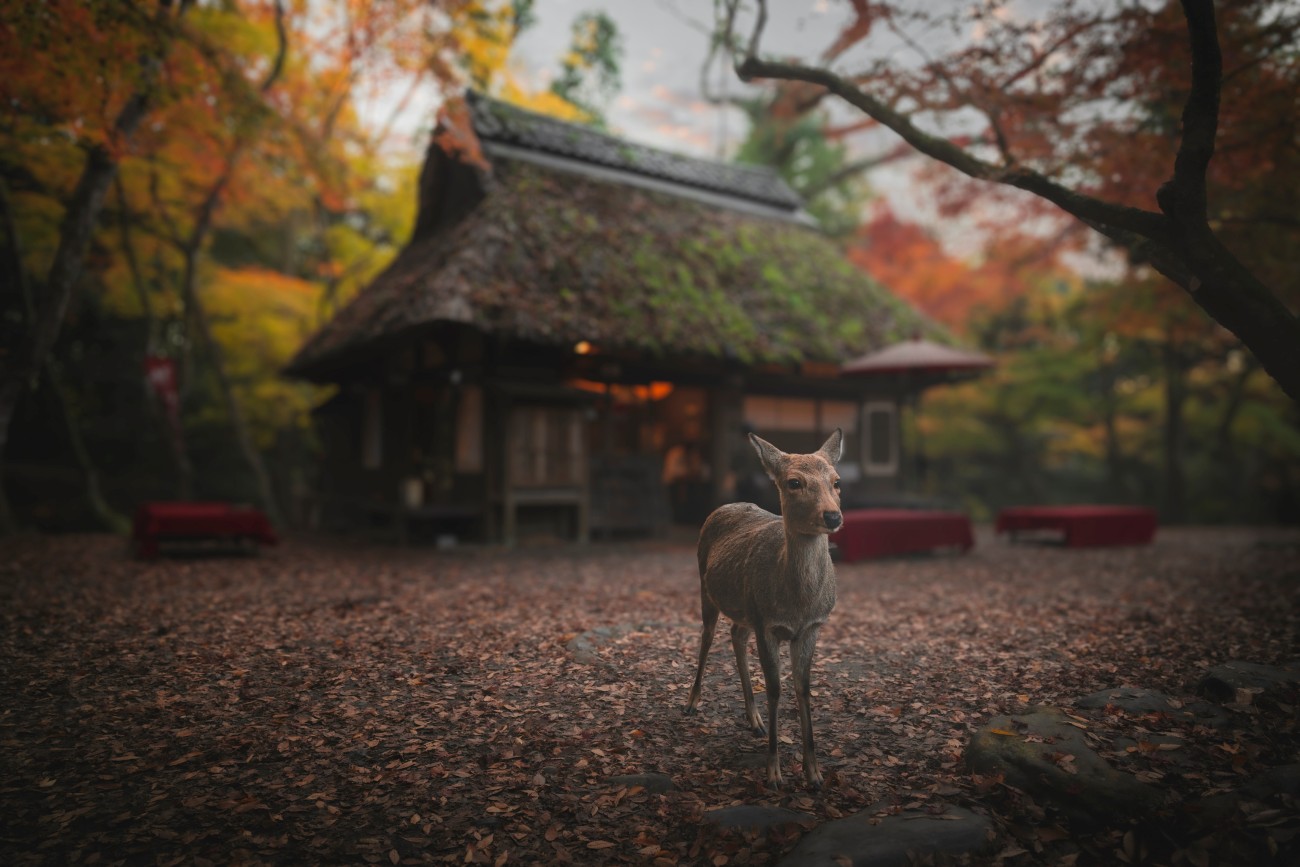
Get Close to Nature at Nara Park
Nara Park, a large grassy expanse in the heart of the city, is Nara’s signature experience. The park covers more than 2 square miles and is home to some 1,400 free-roaming deer. The deer have long been revered as sacred animals and are celebrated by locals and tourists alike. And it’s possible to get up close to the deer. They are accustomed to humans, especially if you approach them with shika senbei, special crackers that can be purchased from vendors all around the park.
After you’ve fulfilled your photo op with the deer, head to the outskirts of the park to explore some of Nara’s most ancient and iconic historic monuments.
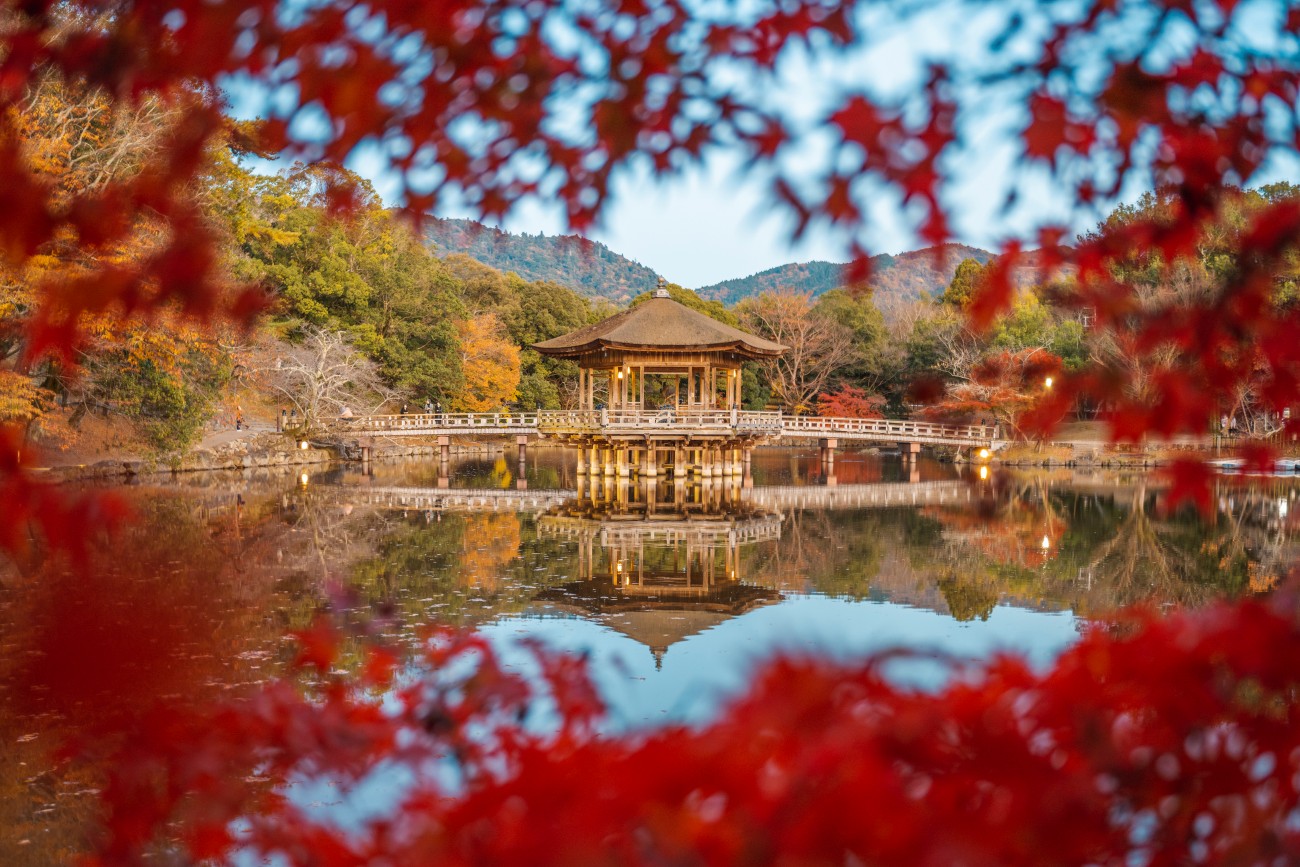
The Reverence of Grand Temples
Tōdai-ji is a grand Buddhist temple and one of Nara’s top attractions. Dating to 752 — when Nara was Japan’s imperial capital — the Daibutsuden (Great Buddha Hall) was reconstructed in 1692 and is one of the largest wooden structures in the world. Make your way inside to marvel at the nearly 50-foot-tall bronze Buddha statue. For a different heavenly perspective, stop by the smaller-scale Shinyakushiji Temple, known for its statue of the Medicine Buddha carved from a single piece of wood.
Tucked away in woodland at the eastern edge of the park is Kasugataisha, a stunning, vermilion-colored Shinto shrine established in 768. The shrine houses thousands of rare treasures and features lantern-lit pathways through the extensive grounds, creating a mystical atmosphere, especially at dusk.
Other notable landmarks within the park are Kofukuji Temple, which impresses with its five-story pagoda, and Nara National Museum, which boasts one of Japan’s largest repositories of Buddhist art.
For even more history, head outside Nara Park toward the western fringes of the city to Heijo Palace. This sprawling site of ruins and reconstructions was once the seat of government when the city was the nation’s capital.
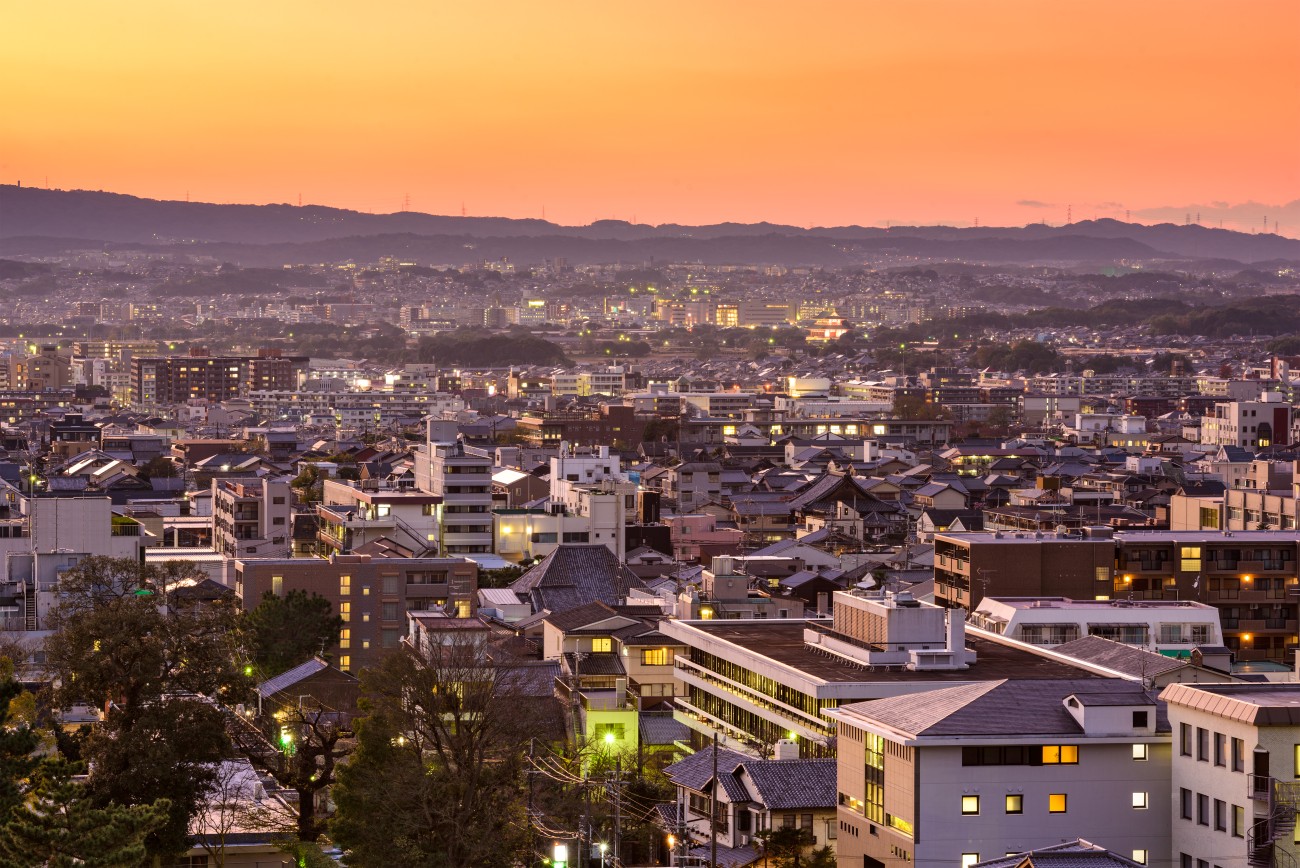
Delicious Dining Out
As with most of Japan, it’s hard to find a bad meal in Nara, but here are three standout spots. Tonkatsu Ganko Nara is a popular restaurant serving succulent pork loin cutlets fried in breadcrumbs. For a fish fix, Maguro Koya specializes in tuna dishes, offering generous portions as rice bowls and set meals. Pro tip: Wash everything down with a brew of local sake. And at the higher end, Nagomi is a teppanyaki restaurant specializing in top-grade Wagyu steak cooked tableside in a stylish setting near the Tōdai-ji Temple.
Also be sure to try some of Nara’s regional specialties. Kakinoha-zushi is a Nara delicacy of mackerel or salmon sushi carefully wrapped in persimmon leaves, a traditional way of preserving the fish dating back to the Edo period. One of the best places to try it is at Hiraso, a sushi restaurant that has been in business for generations. Nara is also one of Japan’s prime sake-producing regions. Visit Harushika, a rice-wine brewery offering tastings and an extensive bottle shop.
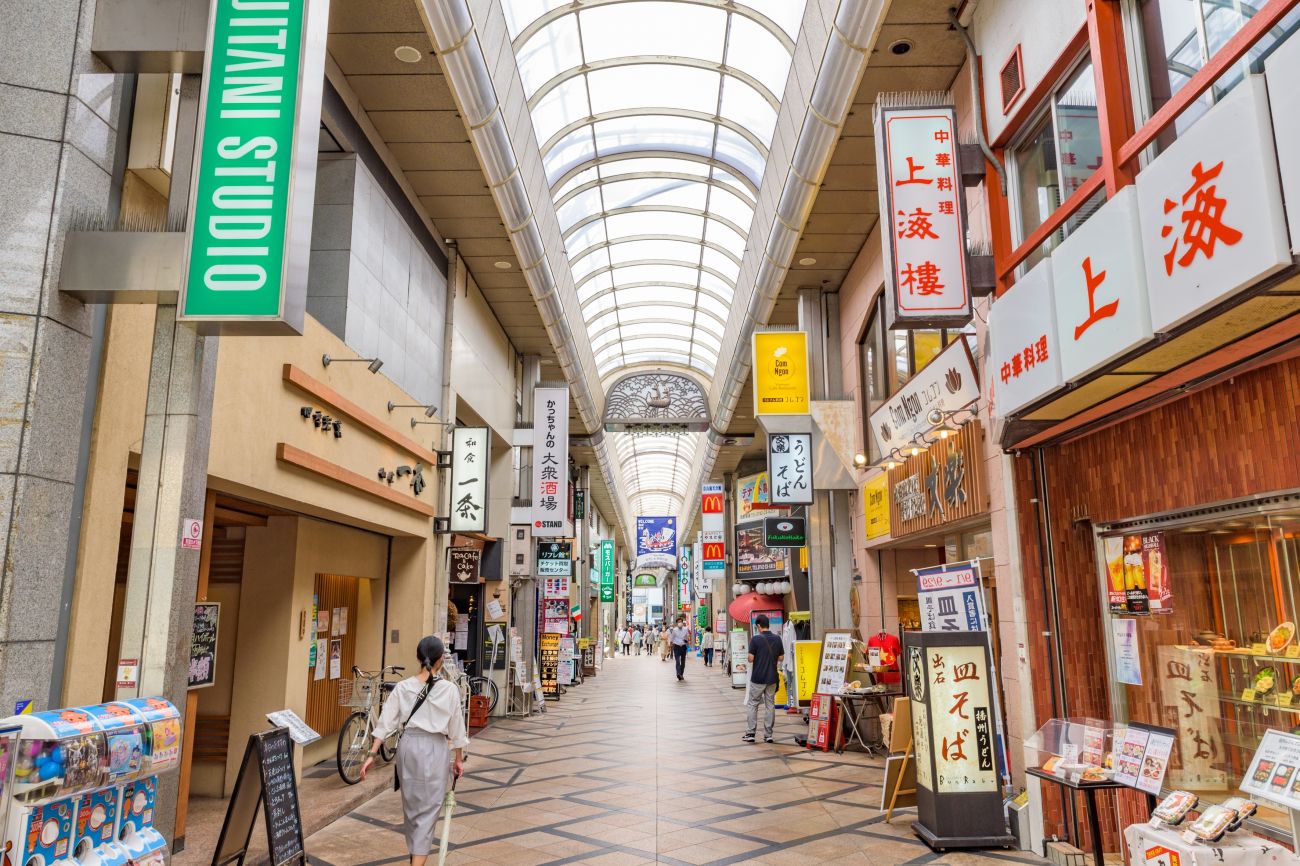
Simply Strolling Nara
Nara offers plenty of spots to shop for locally made goods. From JR Nara Station, you can head up bustling Sanjo-dori Street to reach Sarusawa-ike, a tranquil pond with camera-ready views of the Kofukuji Temple. This street offers many shopping and dining options, as does the adjacent shotengai (covered shopping arcade), which leads to the busy Kintetsu Nara Station area to the north.
At the southern end of Nara is the historic Naramachi district, a rabbit warren of narrow streets and period buildings dating back as far as the 17th century. But history and modernity meet as it now houses stylish cafes, shops, and bars. The free-to-enter Naramachi Shiryo-kan Museum houses a fascinating collection of local crafts and antiques, plus a gift shop full of unique souvenirs and trinkets. Also don’t miss nearby Nigiwai-no-Ie, a beautifully preserved, century-old Naramachi townhouse with a charming garden that you can also stroll for free.
Japan is such a unique place to visit because there’s history and culture at every turn. Nara provides both for an unforgettable vacation to an important part of Japan’s past.
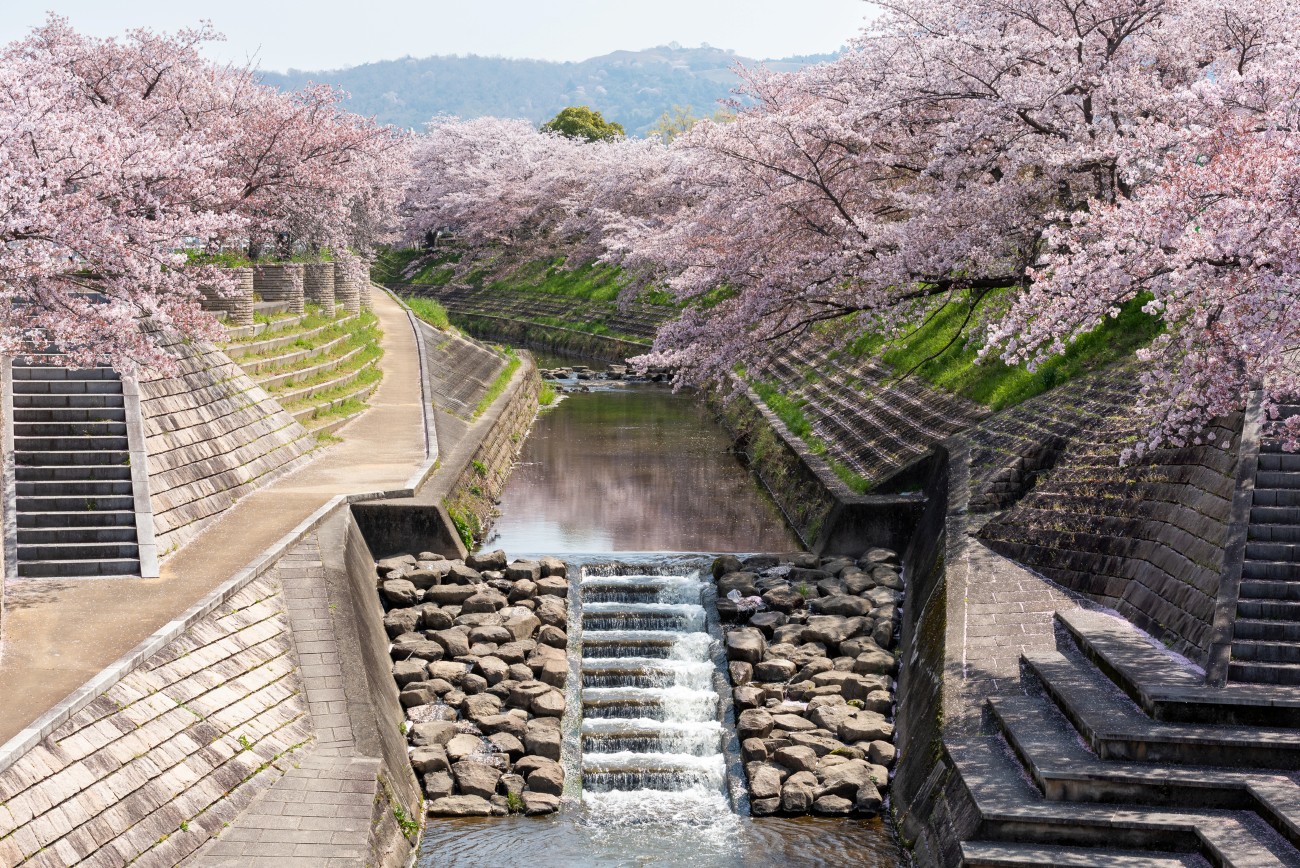
Where to Stay:
Stay at 10,000 destinations around the world across 30 unique Marriott hotel brands when you use Hotels via Abound for your next vacation. Pick a hotel right in the center of town, choose from a selection of by-the-way boutiques, or stay away from the hustle and bustle with a peaceful rural location. All using Club Points and with no need to call Owner services to book.
Head to the Hotels via Abound page on your Owner website and start planning today.
Tom Fay is a British travel writer who has been living in Japan since 2007, and has a special interest in nature, historic buildings, and the outdoors.
